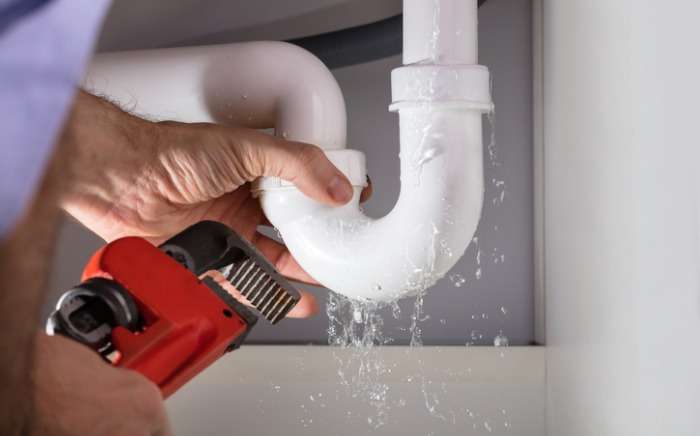Integrating LCR Meters into Automated Test Systems
Automated Test Systems (ATS) are integral to modern manufacturing and research environments, streamlining the testing process, increasing efficiency, and ensuring consistency. Integrating LCR (Inductance, Capacitance, Resistance) meters into these automated systems enhances their capabilities for characterizing electronic components. This article explores the benefits, considerations, and best practices of integrating LCR meters into automated test systems.
1. Benefits of Integration:
- Efficiency: Automated LCR measurements significantly reduce testing time compared to manual methods, increasing overall efficiency in production or research settings.
- Consistency: Automated systems ensure consistent and repeatable measurements, minimizing the impact of human error.
- High Throughput: LCR meters integrated into automated systems can handle high-volume testing, ideal for mass production and testing multiple components rapidly.
- Data Logging: Automated integration facilitates seamless data logging, allowing for efficient data management and analysis.
2. Considerations for Integration:
- Compatibility: Ensure that the selected LCR meter is compatible with the chosen automated test system platform and communication protocols.
- Calibration: Regular calibration of LCR meters is crucial for accuracy. Implement automated calibration routines within the test system to maintain measurement precision.
- Interface Options: Evaluate LCR meters with diverse interface options, such as USB, LAN, or GPIB, and choose one that aligns with the communication requirements of the automated test system.
- Measurement Speed: Consider the measurement speed of the LCR meter, as faster measurements contribute to higher throughput in automated testing.
3. Integration Best Practices:
- Standardized Communication Protocols: Use standardized communication protocols, such as SCPI (Standard Commands for Programmable Instruments), to establish communication between the automated test system and the LCR meter.
- Remote Control Capabilities: Leverage remote control capabilities of LCR meters to initiate measurements, change settings, and retrieve results seamlessly within the automated test sequence.
- Error Handling: Implement robust error-handling mechanisms to address any communication issues or unexpected behavior during automated testing.
- Parallel Testing: Explore the possibility of parallel testing by integrating multiple LCR meters into the automated system, enhancing throughput and scalability.
- Data Logging and Analysis: Implement a comprehensive data logging and analysis system to store measurement results systematically, allowing for post-analysis and quality control.
4. Applications in Manufacturing:
- Quality Control: Automated LCR measurements ensure consistent quality control by quickly assessing components for adherence to specified electrical characteristics.
- High-Volume Testing: In manufacturing environments with high production volumes, integrated LCR meters contribute to the efficiency of the testing process.
5. Applications in Research and Development:
- Parametric Studies: Automated LCR measurements facilitate parametric studies by quickly and accurately characterizing components under various conditions.
- Data-Intensive Research: In research scenarios requiring extensive data collection, automation ensures timely and precise measurements.
6. Advanced Features for Automation:
- Scripting Support: Choose LCR meters with scripting support to enable the creation of custom test scripts that seamlessly integrate into the automated test sequence.
- Triggering and Synchronization: Utilize advanced triggering and synchronization features in LCR meters to align measurements with specific events or conditions within the automated system.
7. Cost Considerations:
- Scalability: Evaluate the scalability of the integrated solution to ensure that it can adapt to changes in testing requirements without significant additional costs.
- Total Cost of Ownership: Consider the total cost of ownership, including maintenance, calibration, and training, when integrating LCR meters into automated test systems.
8. Maintenance and Calibration Procedures:
- Regular Maintenance: Establish regular maintenance schedules for both the automated test system and integrated LCR meters to ensure long-term reliability.
- Automated Calibration Routines: Implement automated calibration routines within the test system to streamline the calibration process for integrated LCR meters.
9. User Training:
- Training Programs: Provide comprehensive training programs for operators and engineers involved in using and maintaining the automated test system with integrated LCR meters.
- Documentation: Ensure that detailed documentation is available, covering integration procedures, troubleshooting steps, and best practices.
10. Future-Proofing:
- Software Updates: Keep software and firmware of both the automated test system and integrated LCR meters up to date to benefit from the latest features and improvements.
- Flexibility: Choose LCR meters and test systems that offer flexibility to adapt to future technological advancements and changing testing requirements.
In conclusion, integrating LCR meters into automated test systems enhances the capabilities of both, providing a streamlined and efficient solution for characterizing electronic components. By considering compatibility, communication protocols, best practices, and future-proofing strategies, organizations can leverage the benefits of automation to improve throughput, consistency, and data integrity in electronic component testing.






